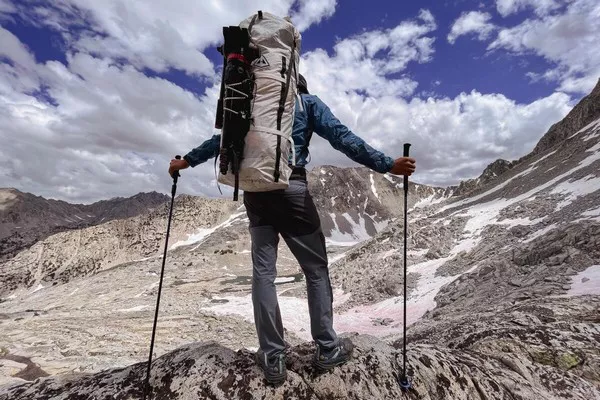Hiking in cold weather presents unique challenges, but with the right clothing and layering strategies, you can stay warm, comfortable, and safe while enjoying the beauty of winter landscapes. Dressing appropriately for a cold hike is not just about comfort—it’s about preventing hypothermia and ensuring an enjoyable outdoor experience. Here’s a comprehensive guide to help you master the art of dressing for a cold weather hike.
Understanding Layering: The Key to Comfort
Layering is the fundamental principle for dressing in cold weather. The goal is to trap warm air close to your body while allowing moisture to escape. A good layering system consists of three main layers:
1. Base Layer (Moisture-Wicking):
Start with a moisture-wicking base layer that fits snugly against your skin. This layer is crucial for wicking sweat away from your body to keep you dry and prevent chilling. Choose merino wool or synthetic fabrics like polyester or nylon.
2. Insulating Layer (Warmth Retention):
The middle layer provides insulation to retain body heat. Opt for fleece, down, or synthetic insulated jackets. The thickness of this layer can vary depending on the temperature and your activity level.
3. Outer Shell (Weather Protection):
The outermost layer shields you from wind, rain, and snow. Look for a waterproof and breathable jacket to protect against the elements. Gore-Tex and similar materials are excellent choices for outer shells.
Choosing the Right Materials
Selecting the right materials for each layer is crucial for staying warm and dry during a cold hike:
1. Base Layer: Merino wool is a popular choice due to its natural moisture-wicking and odor-resistant properties. Synthetic materials like polyester are also effective at wicking moisture away from the skin.
2. Insulating Layer: Fleece is lightweight and provides excellent insulation even when wet. Down jackets offer superior warmth-to-weight ratio but lose insulation properties when damp. Synthetic insulation (like PrimaLoft) is more water-resistant than down.
3. Outer Shell: Look for a jacket that is both waterproof and breathable. Gore-Tex and eVent are reputable brands known for their performance in harsh conditions.
Head-to-Toe Essentials
Besides layering, don’t overlook these essential items:
1. Headwear: Wear a moisture-wicking hat or beanie to prevent heat loss from your head. A neck gaiter or scarf can protect your neck and face from cold winds.
2. Gloves or Mittens: Invest in insulated gloves or mittens to keep your hands warm. Consider using glove liners for added warmth and versatility.
3. Footwear: Choose waterproof and insulated boots designed for hiking in cold conditions. Merino wool or synthetic socks will help keep your feet dry and comfortable.
4. Pants: Wear insulated and moisture-wicking pants. Consider thermal leggings or long underwear as a base layer under your hiking pants.
Adjusting for Activity Level and Weather Conditions
The key to staying comfortable during a cold hike is the ability to adjust your clothing as needed:
1. Temperature Regulation: Start hiking slightly cool because you will generate heat as you move. Adjust layers to prevent overheating or chilling during breaks.
2. Ventilation: Use clothing with ventilation options like underarm zippers on jackets to release excess heat and moisture.
3. Waterproofing: Apply DWR (Durable Water Repellent) treatment to your outer layers periodically to maintain water resistance.
Additional Tips for Cold Weather Hiking
Consider these extra tips to enhance your cold weather hiking experience:
1. Stay Hydrated: Drink plenty of water even if you don’t feel thirsty. Dehydration can impair your body’s ability to regulate temperature.
2. Protect Your Gear: Cold weather can drain battery life quickly. Keep electronics close to your body to preserve battery power.
3. Know the Signs of Hypothermia: Learn to recognize symptoms like uncontrollable shivering, confusion, and slurred speech. Take action immediately if you or anyone in your group shows signs of hypothermia.
Conclusion
Dressing for a cold weather hike requires thoughtful planning and consideration of various factors such as temperature, activity level, and weather conditions. By mastering the art of layering and choosing the right materials, you can enjoy the beauty of winter landscapes while staying warm and comfortable. Remember, preparation is key to a successful cold weather hiking adventure.

